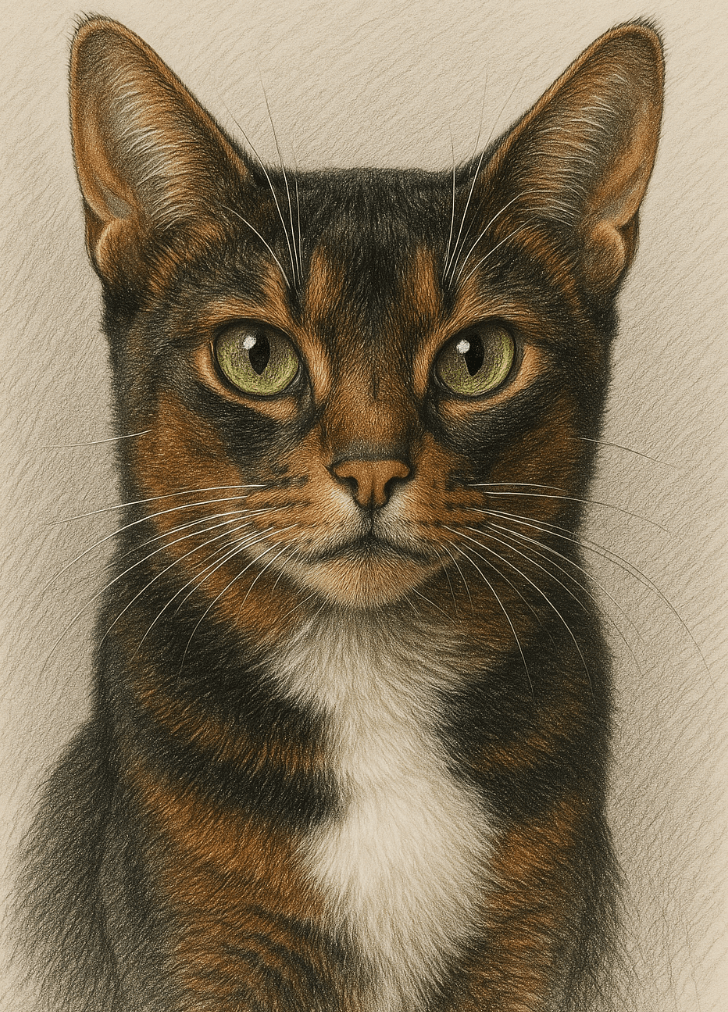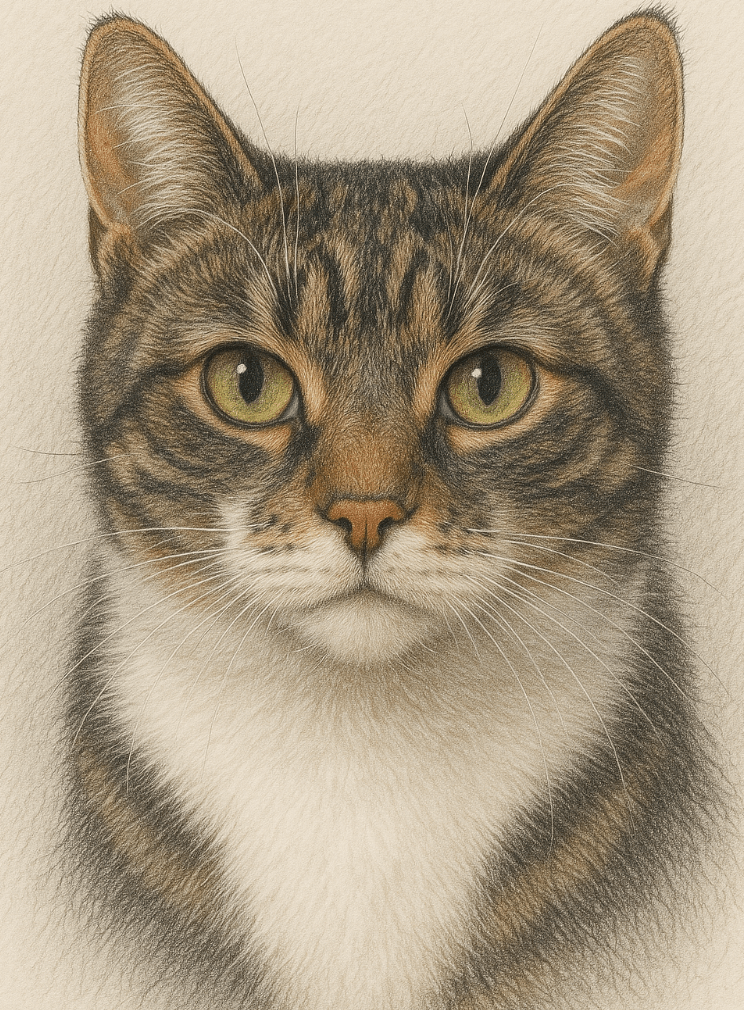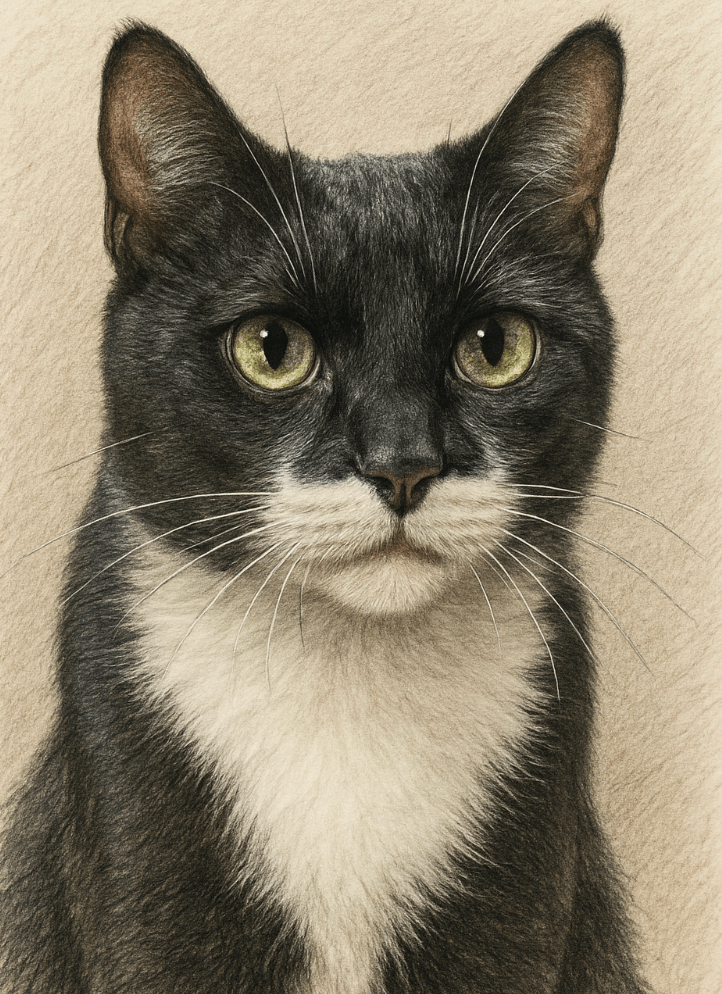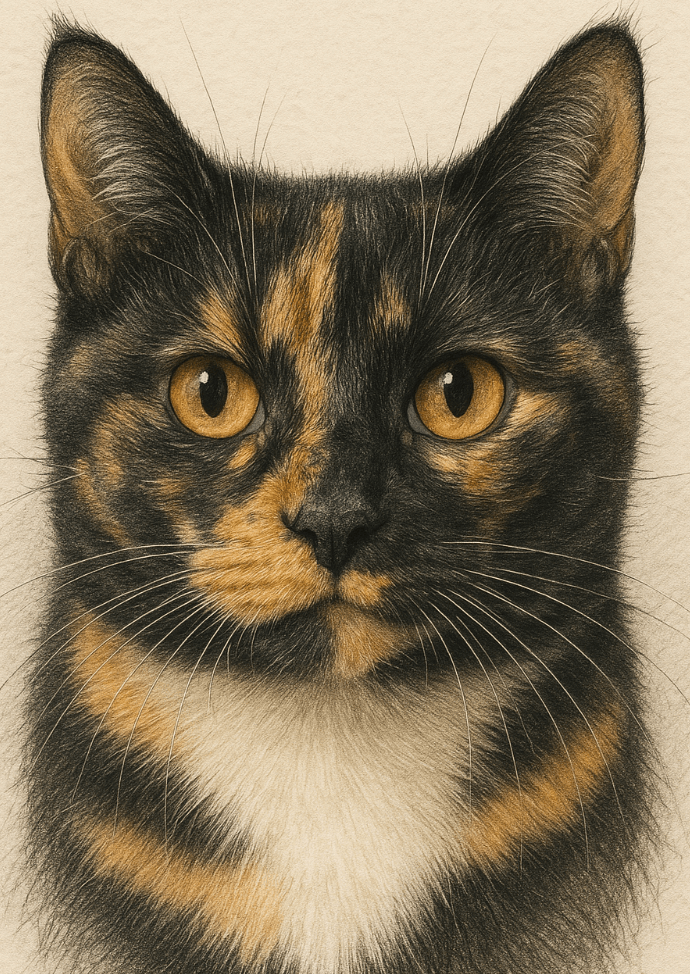Can Cats Eat Cherries? What You Need to Know
Cherries are a sweet and juicy treat enjoyed by many people, but when it comes to sharing them with your feline friend, caution is key. Cats are obligate carnivores, meaning their bodies are designed to thrive on a meat-based diet, and certain human foods can pose risks to their health. While cherries may seem harmless, they contain components that could be harmful if consumed in large quantities or improperly prepared. In this blog post, we’ll explore whether cats can safely eat cherries, the potential risks involved, and how to ensure your cat’s diet remains safe and balanced.
Potential Risks of Feeding Cherries to Cats
While cherries are not toxic in small amounts, certain parts of the fruit can pose dangers to cats. Understanding these risks will help you make informed decisions about offering cherries to your pet.
Cyanide in Cherry Pits:
The pits of cherries contain amygdalin, which can release cyanide when chewed or broken down. Even small amounts can be toxic to cats.Choking Hazard from Pits:
Cherry pits are hard and can become lodged in a cat’s throat, causing choking or digestive blockages.Upset Stomach from Fruit Flesh:
The high sugar content in cherries can upset a cat’s stomach, leading to vomiting or diarrhea if consumed in excess.Toxicity in Leaves and Stems:
The leaves, stems, and other parts of the cherry plant also contain cyanogenic compounds, making them unsafe for cats.Risk of Overfeeding:
Even if the flesh is safe in tiny amounts, overfeeding cherries can lead to gastrointestinal issues or nutritional imbalances.
These risks highlight why cherries should only be given sparingly and under strict supervision.
How to Safely Offer Cherries to Your Cat (If at All)
If you decide to let your cat try cherries, preparation and moderation are critical. Follow these guidelines to minimize risks and ensure safety.
Remove the Pit Completely:
Always remove the pit before offering any part of the cherry to your cat to prevent choking or cyanide exposure.Limit Portion Sizes:
Offer only a small piece of cherry flesh—about the size of a pea—to avoid overwhelming your cat’s digestive system.Avoid Sweetened or Processed Cherries:
Canned cherries, jams, or desserts often contain added sugars or artificial ingredients that are harmful to cats. Stick to fresh, plain cherries.Observe for Reactions:
After giving your cat a tiny taste, monitor them closely for signs of discomfort, such as vomiting, diarrhea, or lethargy.Consult Your Veterinarian First:
Before introducing any new food, check with your vet to confirm it’s safe based on your cat’s individual health needs.
By following these precautions, you can reduce the likelihood of adverse effects while satisfying your cat’s curiosity.
Check this guide 👉Can Cats Eat Mackerel? Best 7 Expert Tips!
Check this guide 👉Can Cats Eat Cranberries? Best 7 Expert Tips!
Check this guide 👉Are Pine Trees Toxic to Cats? Best 7 Expert Tips!
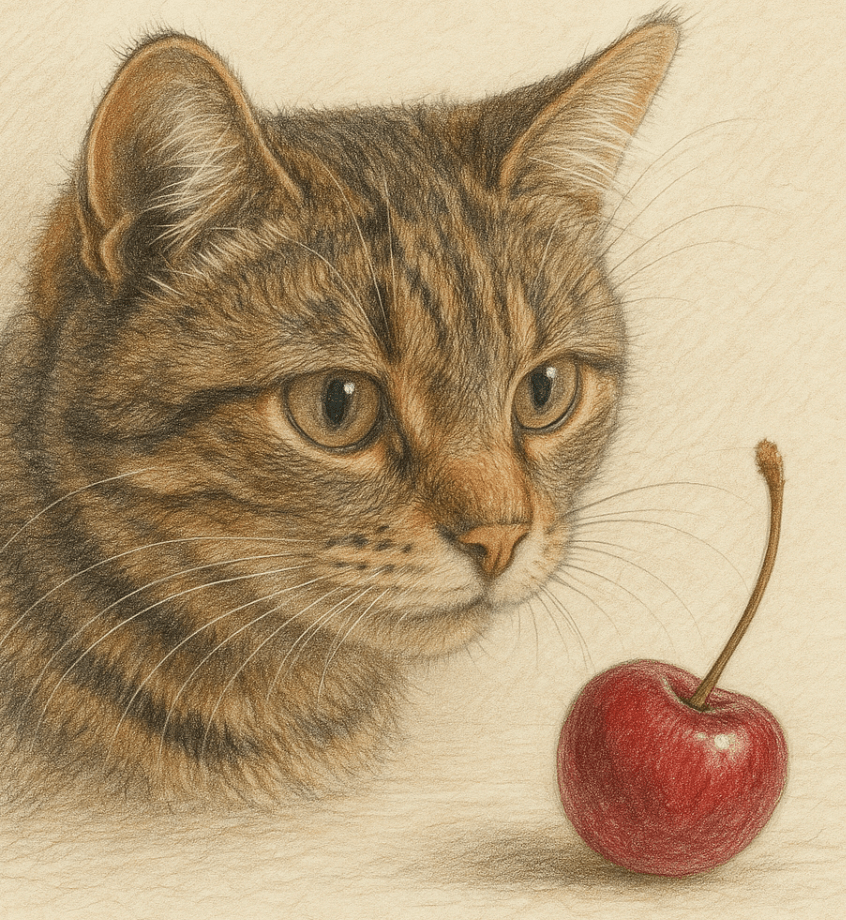
Safe Alternatives to Cherries | Risks of Unsafe Foods for Cats |
|---|---|
Plain cooked chicken | Grapes and raisins (toxic to kidneys) |
Blueberries (in moderation) | Chocolate (contains theobromine) |
Pumpkin puree | Onions and garlic (damage red blood cells) |
Watermelon (seedless) | Alcohol (causes poisoning) |
Cat-safe treats | Raw dough (ferments in the stomach) |
Signs Your Cat May Have Eaten Something Toxic
Even with careful preparation, accidents can happen. Recognizing the symptoms of toxicity ensures you can act quickly to protect your cat’s health.
Vomiting or Diarrhea:
These are common signs of gastrointestinal distress caused by ingesting harmful substances like cherry pits.Difficulty Breathing:
Cyanide poisoning from cherry pits can lead to labored breathing or panting, requiring immediate veterinary attention.Lethargy or Weakness:
A sudden lack of energy or inability to move normally may indicate poisoning or another serious issue.Dilated Pupils:
Dilated pupils can signal exposure to toxins, including cyanide or other harmful compounds.Excessive Drooling:
Unusual drooling may occur if your cat has ingested something irritating or toxic, such as cherry stems or leaves.
If you notice any of these symptoms, contact your veterinarian immediately for guidance.
Why Cats Don’t Need Fruits Like Cherries in Their Diet
Cats have unique dietary needs that differ significantly from humans and even dogs. Understanding why fruits like cherries aren’t necessary helps prioritize their nutritional requirements.
Obligate Carnivore Status:
Cats require animal-based proteins and fats to thrive, as their bodies cannot efficiently process plant-based foods.Lack of Taste for Sweetness:
Unlike humans, cats lack specific taste receptors for sweetness, so they don’t naturally crave fruits like cherries.High Sugar Content in Fruits:
The natural sugars in cherries provide no nutritional benefit to cats and can disrupt their delicate digestive balance.Balanced Commercial Diets:
High-quality cat food already contains all the nutrients cats need, eliminating the need for supplemental snacks like fruit.Focus on Hydration:
Instead of offering fruits, encourage water intake or provide wet food to keep your cat hydrated and healthy.
By focusing on species-appropriate nutrition, you can ensure your cat stays happy and healthy without unnecessary additions.
Common Mistakes to Avoid When Feeding Cats Human Food
Feeding cats human food can be risky if done incorrectly. Here are some mistakes to avoid to keep your cat safe and healthy.
Assuming All Fruits Are Safe:
Many fruits, including grapes and cherries, can harm cats despite being safe for humans.Ignoring Portion Control:
Even safe foods can cause problems if given in large quantities, leading to obesity or digestive upset.Feeding Processed Snacks:
Foods with added sugars, salts, or preservatives are unhealthy for cats and should always be avoided.Leaving Food Unattended:
Curious cats may sneak bites of unsafe foods if left within reach, so store snacks securely.Not Consulting a Vet:
Every cat is different, and professional advice ensures you’re making the best choices for your pet.
Avoiding these mistakes helps maintain a balanced and safe diet for your cat.
Alternative Ways to Satisfy Your Cat’s Curiosity About Food
If your cat shows interest in human food, there are safer ways to engage their curiosity without compromising their health.
Offer Cat-Safe Herbs:
Catnip, parsley, or cat grass are fun and safe options that appeal to a cat’s natural instincts.Provide Interactive Toys:
Puzzle feeders filled with kibble or treats encourage exploration and mental stimulation.Introduce New Textures:
Freeze-dried meats or specially formulated cat treats offer variety without risking toxicity.Create a Foraging Game:
Hide small portions of their regular food around the house to mimic hunting behavior.Use Positive Reinforcement:
Reward good behavior with healthy, vet-approved snacks instead of experimenting with human food.
These alternatives satisfy your cat’s curiosity while keeping their diet safe and nutritious.
Understanding Your Cat’s Natural Instincts Around Food
Cats are naturally curious creatures, and their interest in human food stems from their instincts and environment. Here’s what drives their behavior.
Hunting Behavior:
Cats are drawn to movement and novelty, which can include investigating unfamiliar foods.Exploration Through Smell:
Their keen sense of smell makes them curious about scents, including those of human meals.Bonding Through Sharing:
Some cats associate shared food with affection, mirroring social behaviors seen in the wild.Curiosity About Variety:
Domestic cats may crave variety due to their limited exposure to diverse textures and flavors.Mimicking Human Habits:
Cats often observe their owners’ routines, including eating habits, and may want to participate.
Understanding these instincts helps you channel their curiosity into healthier outlets.
Frequently Asked Questions About Cats and Cherries
Can cats eat cherry-flavored treats?
Only if they’re specifically formulated for cats and free of artificial sweeteners or harmful additives.
What should I do if my cat eats a whole cherry?
Monitor them closely for symptoms of distress, and contact your vet if you notice anything unusual.
Are wild cherries more dangerous than cultivated ones?
Yes, wild cherries often contain higher concentrations of cyanogenic compounds, making them riskier for pets.
Can kittens eat cherries?
Kittens are more vulnerable to toxins, so it’s best to avoid giving them cherries altogether.
How can I stop my cat from eating unsafe foods?
Store human foods securely, supervise your cat during meal prep, and educate family members about safe feeding practices.
Prioritizing Your Cat’s Health When It Comes to Human Foods
While cherries might seem like a harmless indulgence, they carry risks that outweigh any potential benefits for cats. As responsible pet owners, it’s essential to prioritize our feline friends’ unique dietary needs and resist the temptation to share our favorite snacks. By understanding what foods are safe and which to avoid, you can ensure your cat enjoys a long, healthy, and happy life. Remember, when in doubt, always consult your veterinarian before introducing new foods into your cat’s diet.
Abyssinian Tuxedo Cat: Best 7 Expert Tips! Discover expert advice on care, training, and living with this elegant and playful feline for a happy and healthy companionship.
Tabby Tuxedo Cat: Best 7 Expert Tips! Discover expert advice on care, personality, and living with this unique feline for a happy and healthy companion.
Are Tuxedo Cats Smart? Best 7 Expert Tips! Discover expert advice on understanding tuxedo cat intelligence, behavior, and how to nurture their clever instincts for a happy, engaged feline companion.
Tortoiseshell Tuxedo Cat: Best 7 Expert Tips! Discover expert advice on caring for this unique feline, from personality insights to grooming and health tips for a happy cat.

